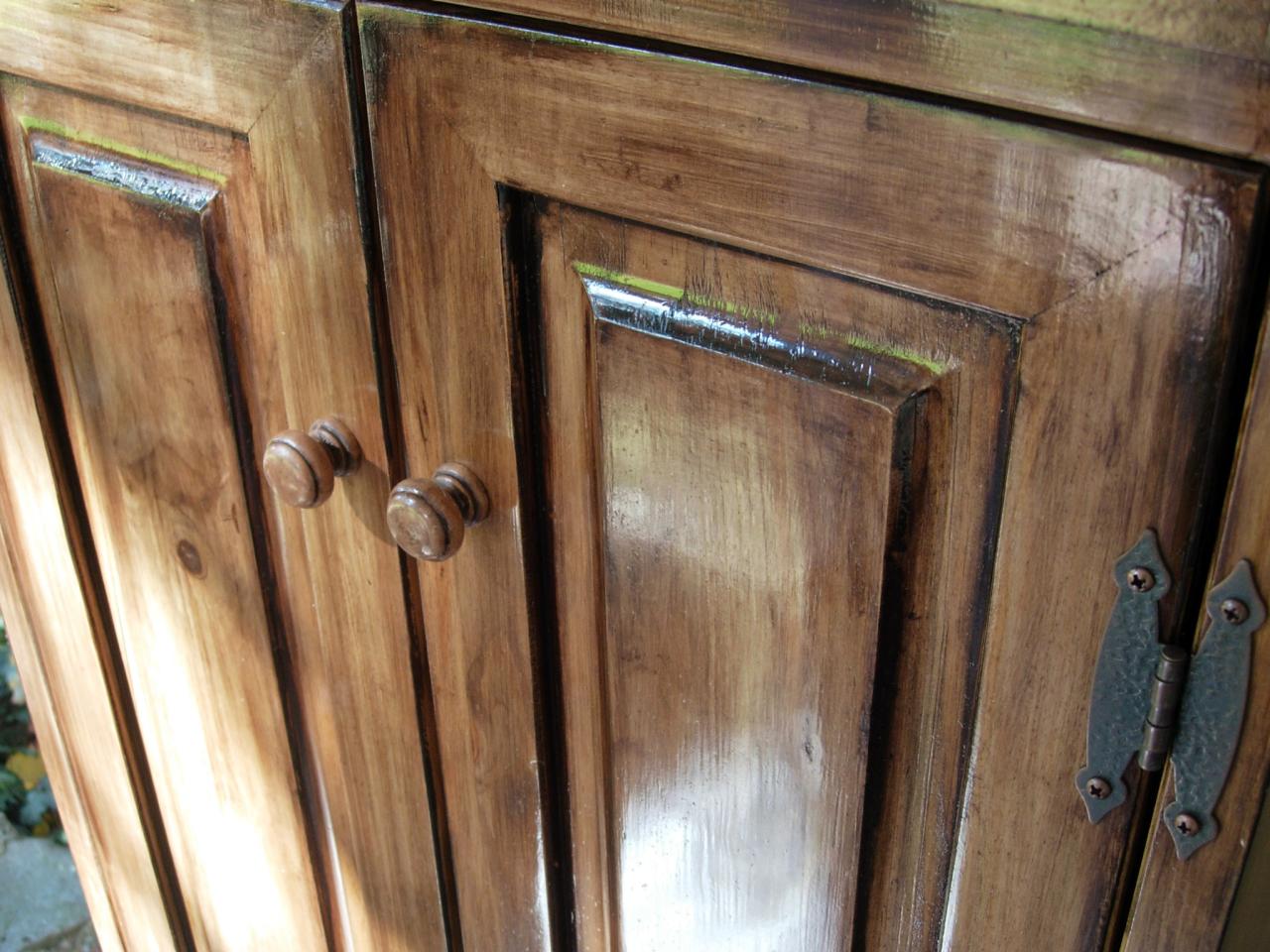An Eco-Friendly Method to Cabinet Restoration

Refinishing cabinets is an increasingly popular choice for homeowners looking to revitalize their culinary area or restroom without the hefty price tag of a full remodel. This sustainable approach not only restores worn or old cabinets but also aligns with green methods that cut down on waste and eliminate the use of fresh resources. By choosing to refinish rather than change, you can upgrade your living space while being aware of your environmental impact.
As we dive deeper into the world of cabinet refinishing, we'll investigate what the process entails, how it compares to cabinet upgrading and the benefits it offers. Whether you're a experienced DIY fan or considering hiring a contractor, understanding the nuances of cabinet refinishing will help you make informed choices that suit your taste, spending limit, and green values.
Understanding Cupboard Restoration
Cabinet refinishing is a cost-effective method to revitalize your kitchen or bathroom cabinetry minus the price of full replacement. This process includes smoothing down the existing surface, repairing any imperfections, and putting on new coating or stain to refresh the look. It allows you to retain the quality and functionality of your cabinets while giving them a fresh, modern look. Refinishing is cabinet refinisher for property owners looking to improve their space in an eco-friendly manner.
One of the major benefits of cupboard refinishing is its eco-friendliness. By refining rather than substituting, you cut down on waste and decrease your environmental impact. Instead of sending old cabinets to a dump, refinishing gives them a new lease on life. Additionally, many refinishing materials now on the market are non-toxic and low in volatile organic compounds (VOCs), which makes the process less hazardous for both the environment and the people in your house.
In choosing whether to refinish or replace, it’s crucial to weigh the condition of your cabinets against your aesthetic objectives. Not all cabinets are suitable candidates for refinishing, and understanding what makes your cabinets worthy of this expenditure can help you make the best choice for your environment. Proper evaluation will ensure that you achieve the desired results while maintaining the durability and functionality of your cabinetry.
DIY vs. Professional Refinishing: Deciding on the Right Choice
In deciding between DIY cabinet refinishing and engaging a specialist, it's important to assess your skill level and the task requirements. Should you have background with woodworking and home improvement projects, handling the refinishing process yourself can be both fulfilling and cost-effective. Do-It-Yourself refinishing provides customization and creativity, but it also requires a significant time investment and access to the appropriate tools and materials.

On the other hand, hiring a professional can be time-efficient and ensure a high-quality finish that may be difficult to achieve on your own. Experts are experienced in different techniques and have access to specialized tools, which can make a significant difference in the final outcome. Additionally, expert refinishing services usually come with warranties or assurances, offering peace of mind that the job will be done correctly.
Ultimately, the choice between DIY and expert refinishing depends on your financial limits, schedule, and comfort level with home improvement tasks. Consider your preferences—if you value precision and a refined finish, expert refinishing may be the right option. However, if you're looking to cut costs and experience a hands-on project, DIY refinishing could be the best choice for you.
Eco-Friendly Tips for Cabinetry Refinishing
When initiating on a cabinetry refinishing project, it's crucial to opt for sustainable materials that minimize environmental impact. Go for non-toxic paints and stains that are low in harmful organic compounds (VOCs). Brands that provide water-based alternatives not only create less emissions but also improve air quality, making your home safer for both your loved ones and the environment. Always look for certifications or labels that show that the product meets sustainability standards.
Another way to practice sustainable refinishing is by reusing existing fixtures. Instead of buying new knobs and pulls, think about restoring and repainting your old hardware. This not only saves money but can also maintain the character of your cabinets. If new hardware is needed, search for sustainably sourced materials. Supporting brands that prioritize eco-friendly practices helps reduce overall waste and promotes a sustainable economy.
Finally, proper disposal of any waste generated during refinishing is important. Ensure that used paints and solvents are discarded in accordance with local regulations to prevent contamination of landfills and water sources. Whenever practical, recycle or donate leftover materials. By implementing these steps, you not only contribute to a better planet but also set a good example for sustainable home improvement practices in your community.
